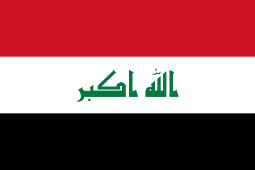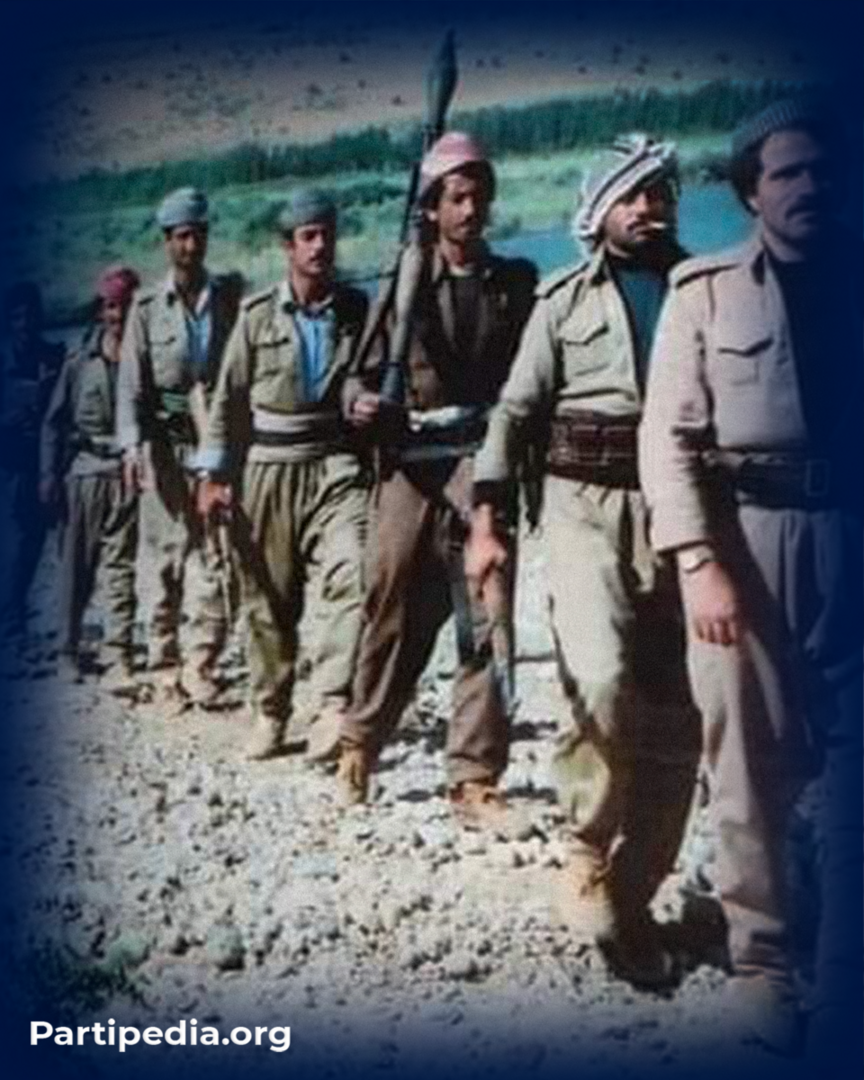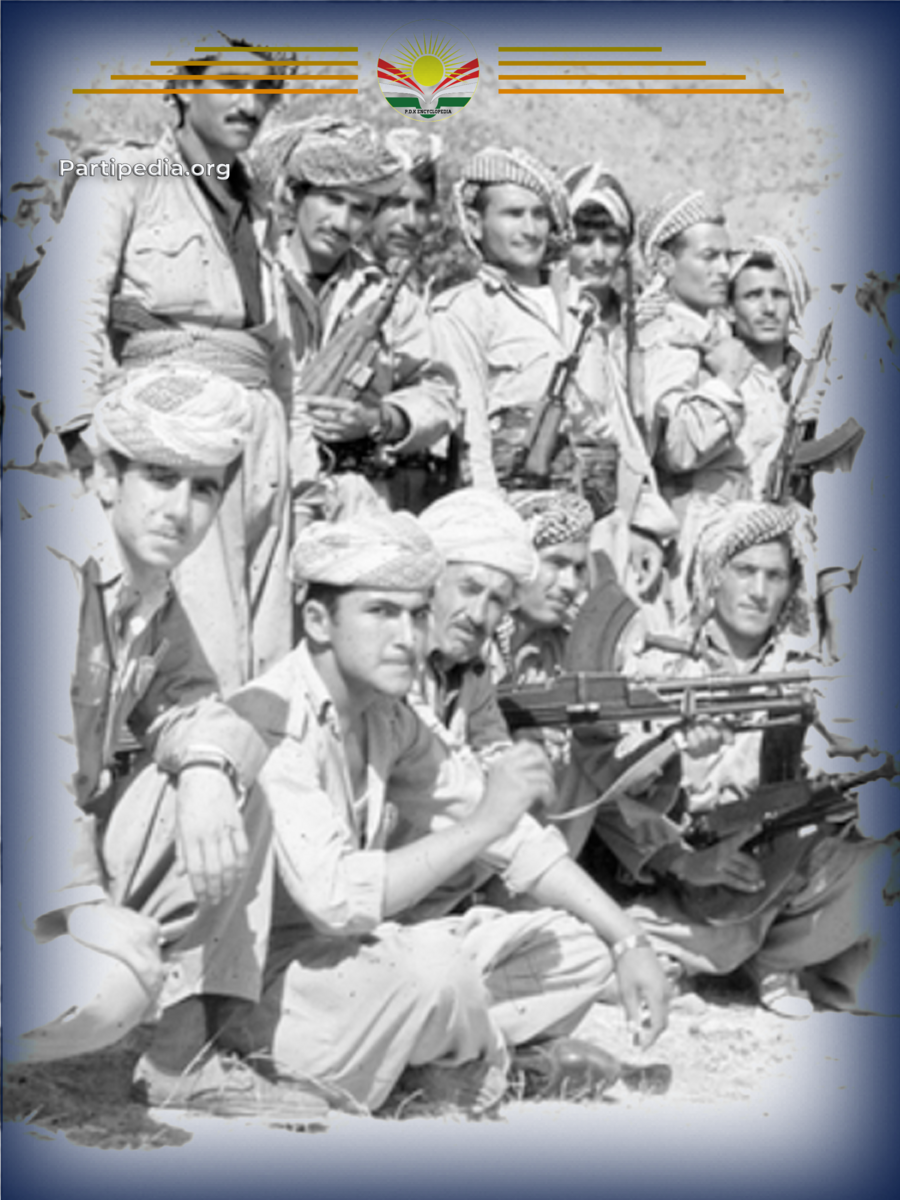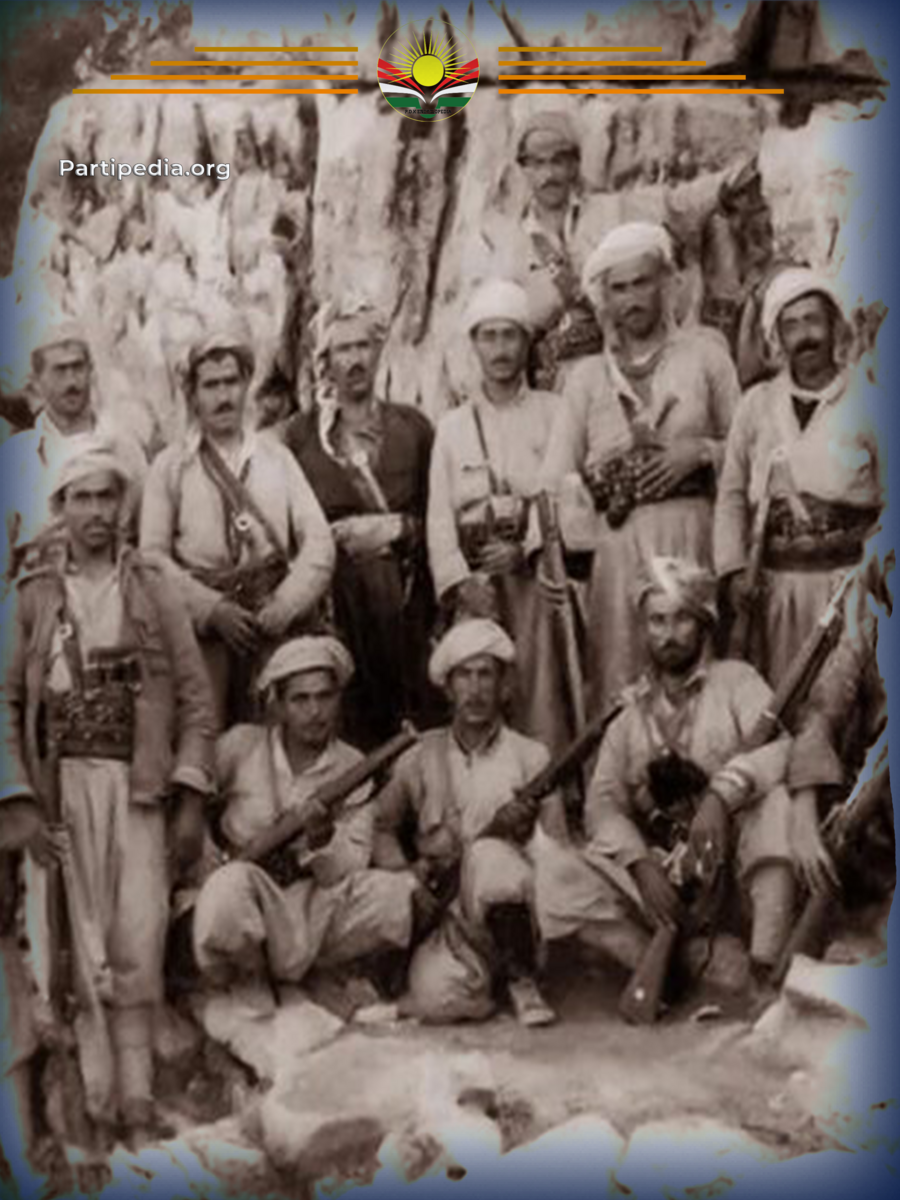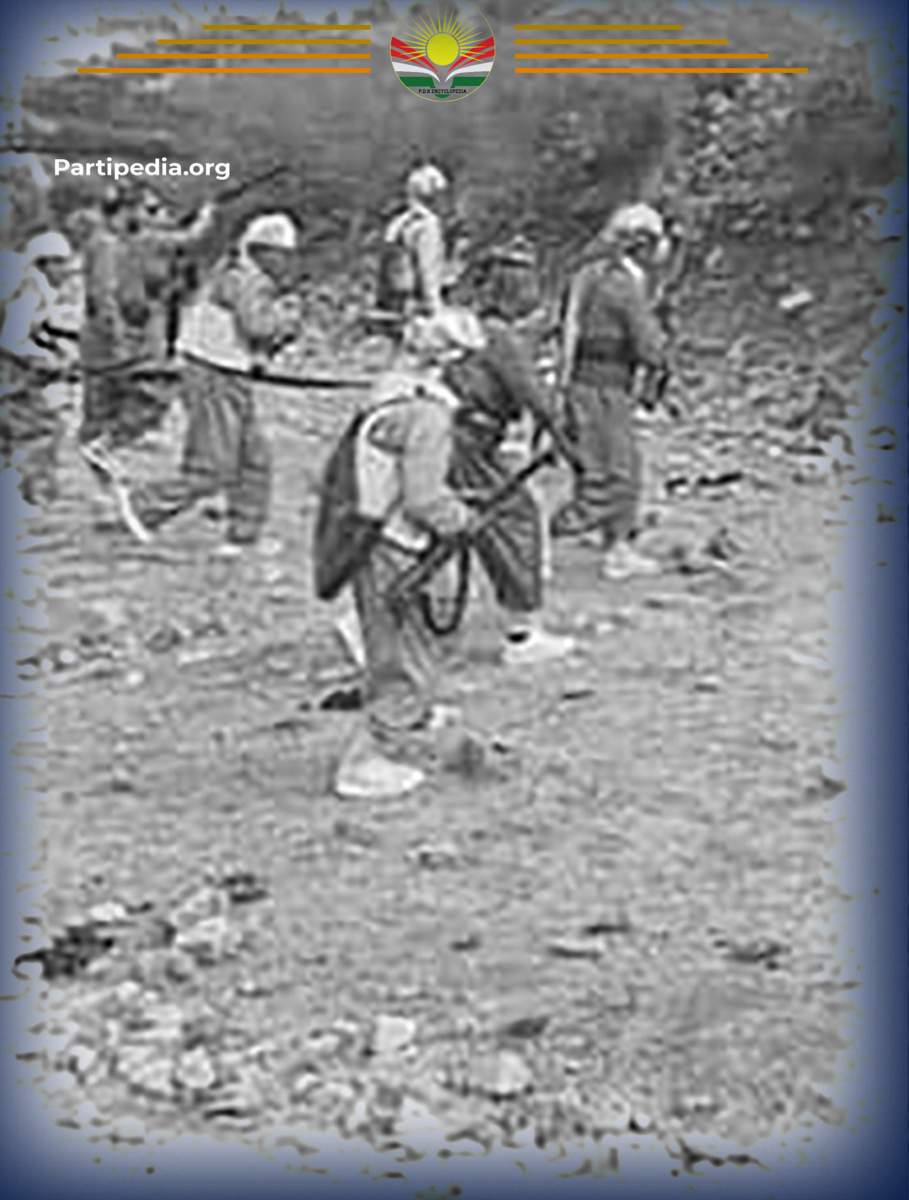The Battle of Zambil Frosh, a significant confrontation between the Kurdistan Peshmerga forces and the Ba'ath regime's army, occurred on March 22, 1980. On this day, a Peshmerga unit executed a strategic ambush on an Iraqi army convoy traveling along a main road in the Batofa region. The ambush inflicted severe casualties on the Iraqi forces, disrupting their operations. Shortly thereafter, reinforcements from the Batufa Brigade of the Iraqi army arrived at the scene to support their embattled comrades. Upon their arrival, heavy fighting broke out between the Peshmerga forces and the army soldiers, lasting for several hours. Ultimately, the Peshmerga forces emerged victorious, forcing the Iraqi army to retreat to their former positions with significant losses.
Following the collapse of the Aylul Revolution in 1975, the Ba'ath regime made every effort to suppress the resurgence of the Kurdish revolution and to limit the activities of the Peshmerga. To achieve this, they established several mercenary armed forces composed of Kurds loyal to the regime, organized as special units. Furthermore, after the outbreak of the Iran-Iraq War in September 1980, the regime formed several light battalions, arming thousands of Kurds, and deployed extensive military forces throughout Kurdistan, including divisions, brigades, and regiments, supported by heavy weaponry, tanks, artillery, and warplanes.
In response to these challenges, the Kurdistan Democratic Party (PDK), during its 9th Congress held in East Kurdistan in November 1979, adopted resolutions to reinvigorate the Kurdish resistance. Preparations were made to send Peshmerga forces back into the region to reconnect with revolution supporters, organize within cities, and conduct operations. Acting on this strategy, a force of approximately 55 Peshmergas, led by Ali Qadir, Osman Qasim, Saado Korki, and Omar Ali, divided into four groups, was engaged in Peshmerga duties in the Batofa region of Badinan when they received intelligence that Saddam Hussein, then president of the Iraqi regime, was visiting the area. Recognizing the strategic significance of this information, the Peshmerga seized the opportunity and set up an ambush early in the morning on one of the main roads in the area.
At 11:30 a.m., four military vehicles approached the ambush site and were promptly attacked by the Peshmerga. With the first strike, all four vehicles were destroyed, resulting in numerous Iraqi soldiers being killed or wounded. Shortly after this, a military force from the Batufa Brigade arrived from the eastern part of the area to assist the defeated unit. Additional reinforcements, including forces from the Chie Plain Battalion, the Avgeni Battalion, and the Badr Force of the Zakho Division, also reached the battlefield. This led to intense fighting between the government forces and the Peshmerga, which continued until nightfall. Despite the heavy reinforcements and advanced weaponry deployed by the Ba'ath regime, the Peshmerga forces prevailed, inflicting significant casualties and forcing the Iraqi army to withdraw to their bases.
Following their victory, the Peshmerga forces strategically withdrew from the battlefield, moving through the villages of Beghbare, Blejane, Korka, Hishara, and Bere Brisk. They hid during the day and traveled under the cover of night until they safely reached the headquarters of Branch 1. The battle resulted in heavy losses for the Iraqi army, with approximately 120 soldiers and officers killed or wounded. However, the Peshmerga also endured losses, with two fighters, Saleh Khilaftay and Hussein Ma’roof, martyred, and two others wounded. Additionally, a civilian named Ahmad Yahya Tayeb lost his life in the conflict.
Source:
1.kdp Encyclopedia Archive.

